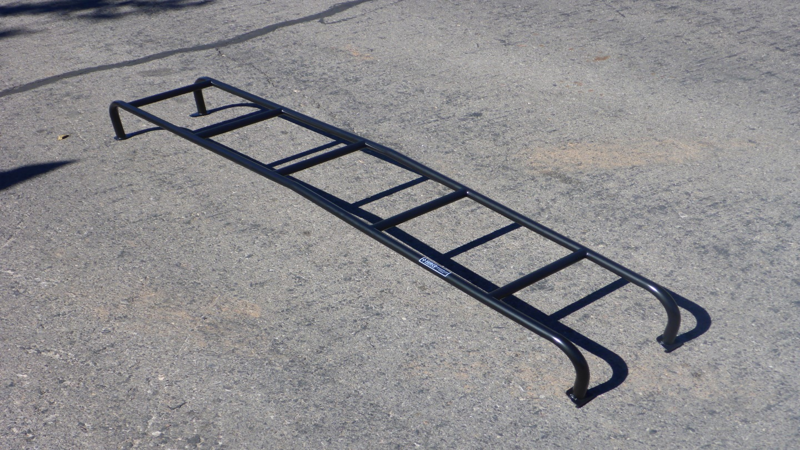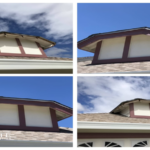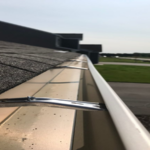If you’re looking to maximize efficiency during your next gutter installation project, it’s important to set the right standards. By understanding what factors impact gutter installation time, you can develop a plan that ensures a successful outcome.
There are a few key things to keep in mind when trying to maximize efficiency during a gutter installation project. First, it’s important to have a clear understanding of the project scope. What exactly needs to be done? What are the measurements of the area that needs to be covered? Having a clear understanding of the project scope will ensure that you have the necessary materials on hand and that your team is aware of what needs to be done.
Second, consider the tools and equipment that will be needed for the job. In some cases, rented equipment may be necessary. In other cases, you may already have the necessary tools on hand. In either case, it’s important to make sure that you have a plan for how the equipment will be used. This will help to avoid any delays during the gutter installation process.
Third, think about the sequencing of the project. What order do the tasks need to be completed in? By understanding the sequence of the project, you can develop a plan that ensures a smooth and efficient installation process.
What is the rule of thumb for gutter installation?
There is no definitive answer to this question as the installation of gutters depends on a number of factors, including the type of gutters you are installing, the size and pitch of your roof, and the climate in your area. However, there are some general guidelines you can follow to ensure that your gutters are installed properly.
When installing gutters, it is important to make sure that they are sloped properly so that water can drain properly. The rule of thumb is to install the gutters so that they slope toward the downspouts at a rate of 1/4 inch for every 10 feet. This will ensure that water can drain properly and that your gutters will not become clogged.
It is also important to make sure that the gutters are installed properly so that they can handle the amount of water that they will be exposed to. In areas with heavy rainfalls, it is often necessary to install larger gutters and downspouts to accommodate the increased volume of water. In addition, it is important to make sure that the gutters are installed securely so that they will not come loose during a storm.
following these general guidelines will help to ensure that your gutters are installed properly and that they will function properly for years to come.
How can I make my gutters flow better?
- One of the simplest ways to help your gutters flow better is to make sure they are clean. You can do this yourself by using a ladder to remove any debris that has built up in them. If you don’t feel comfortable doing this, you can hire a professional to clean your gutters for you.
- Another way to improve the flow of your gutters is to make sure they are properly sized. If your gutters are too small, they will not be able to handle the amount of water that flows down your roof during a rainstorm. This can cause them to overflow, which can lead to water damage to your home.
- You can also improve the flow of your gutters by installing gutter guards. These devices help to keep leaves and other debris from clogging your gutters. This can help to prevent overflow and water damage.
- If your gutters are still not flowing properly, you may need to have them replaced. This is a more expensive option, but it may be necessary if your gutters are damaged or too old.
- You can also take steps to prevent your gutters from becoming clogged in the first place. Make sure to trim any trees or shrubs that are close to your gutters. Also, be sure to remove any debris from your roof after a storm.
What are the most efficient gutters?
There are many types of gutters available on the market, but not all of them are created equal. Some gutters are more efficient than others, and it is important to know which ones are the most efficient before making a purchase.
The most efficient gutters are those that are made of materials that are resistant to corrosion and clogging. These gutters are also designed to direct water away from the foundation of the home, which can help to prevent foundation damage.
There are many different types of gutters available, but not all of them are created equal. Some gutters are more efficient than others, and it is important to know which ones are the most efficient before making a purchase. The most efficient gutters are those that are made of materials that are resistant to corrosion and clogging. These gutters are also designed to direct water away from the foundation of the home, which can help to prevent foundation damage.
What is the ideal gutter margin?
There is no definitive answer to this question as it depends on the specific design of the layout and the type of book being produced. However, a good rule of thumb is to allow for a gutter margin of at least 1/8 inch (3 mm). This will ensure that there is sufficient room for the binding process and that the text does not extend too close to the spine of the book.
How do I calculate how much gutters I need?
- To calculate how much gutters you need, you will need to first determine the length of the gutter run. This is the measurement of the entire length of the gutter, from the point where the water will enter the gutter, to the point where the water will exit the gutter.
- Once you have the length of the gutter run, you will need to determine the width of the gutter. The width of the gutter will determine the capacity of the gutter, and how much water it can handle.
- To calculate the capacity of the gutter, you will need to multiply the length of the gutter run by the width of the gutter. This will give you the square footage of the gutter.
- To calculate the capacity of the gutter, you will need to divide the square footage of the gutter by the rainfall. The rainfall is the amount of rain that is expected to fall during a given period of time.
- To calculate the capacity of the gutter, you will need to multiply the square footage of the gutter by the rainfall. This will give you the gallons of water that the gutter can hold.
How far can you run a gutter with one downspout?
Assuming you mean how long of a gutter can you have with one downspout, the answer is that it depends on the size of the downspout. The rule of thumb is that one downspout can adequately handle gutters up to about 30 feet long. Beyond that and you’ll need a second downspout to help with water flow and prevent overflowing.
Do I need 6 or 7 inch gutters?
There is no definitive answer to this question as it depends on a number of factors including the size and slope of your roof, the amount of rainfall in your area, and the number of trees near your home. However, in general, 6 inch gutters are sufficient for most homes.
How far can you run a gutter without a downspout?
The answer depends on a few factors, including the size of your gutter, the amount of rainfall in your area, and the slope of your roof. A small gutter on a roof with a shallow slope may only be able to handle a few feet of runoff before water starts spilling over the sides. A large gutter on a steeper roof with a higher rainfall rate can run much farther without a downspout.
In general, it’s best to err on the side of caution and not run your gutter for more than 20 feet without a downspout. This will help ensure that water is properly directed away from your home and doesn’t cause any damage.
If you’re not sure how far you can run your gutter without a downspout, it’s always best to consult with a professional. They can help you determine the best solution for your home and make sure that your gutters are properly installed and maintained.
Final Word
There are many factors to consider when installing gutters, but by following the right standards, you can maximize efficiency and get the job done right. By taking the time to properly measure and install gutters according to the manufacturer’s instructions, you can ensure that your gutters will function properly and last for many years.















